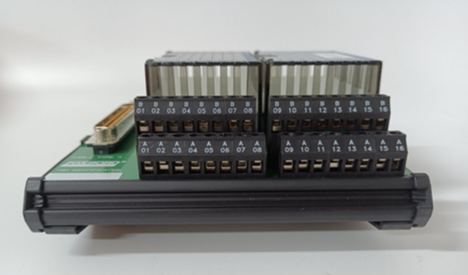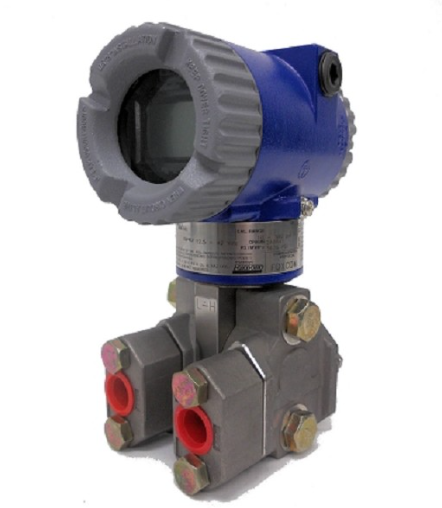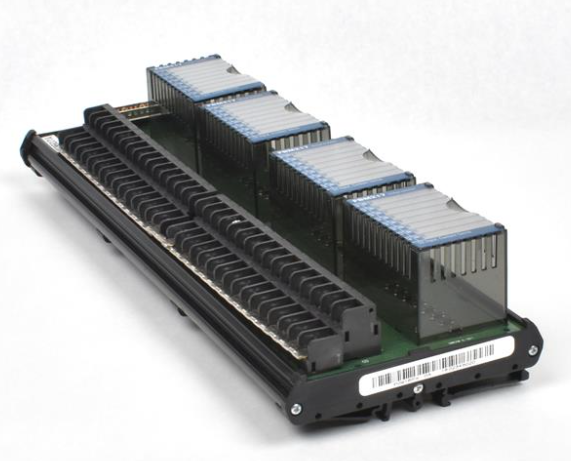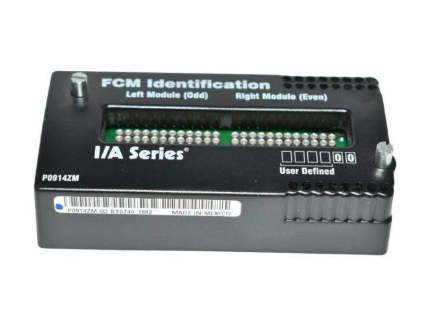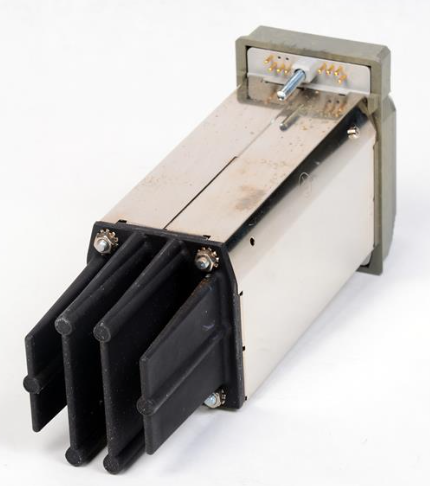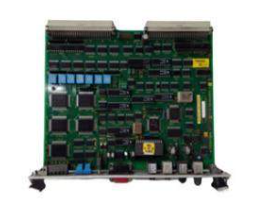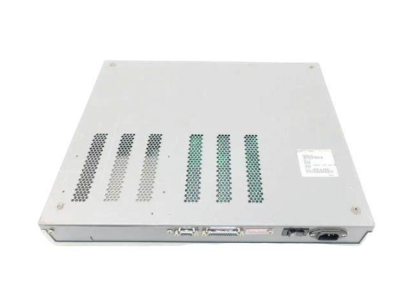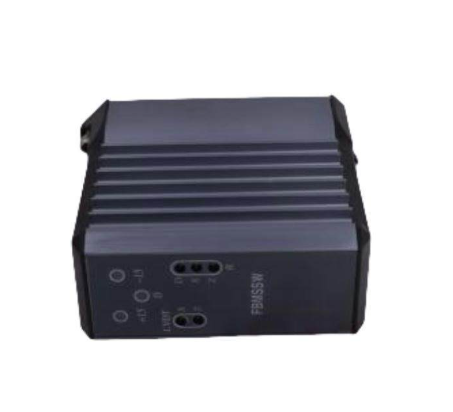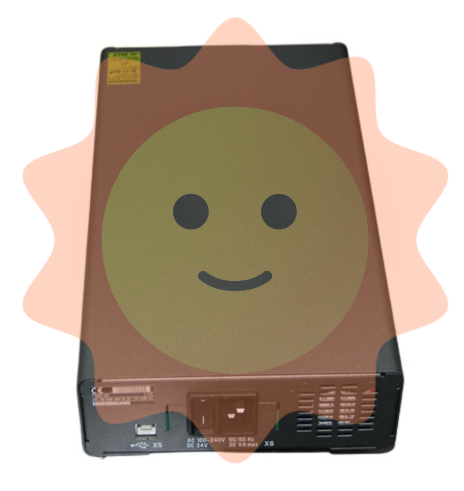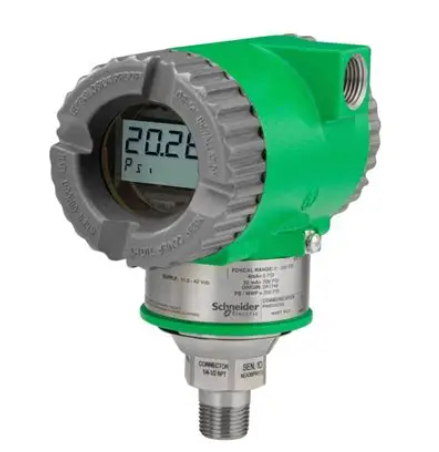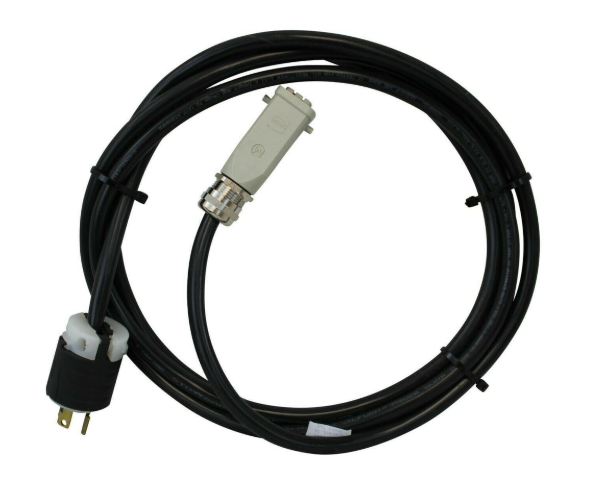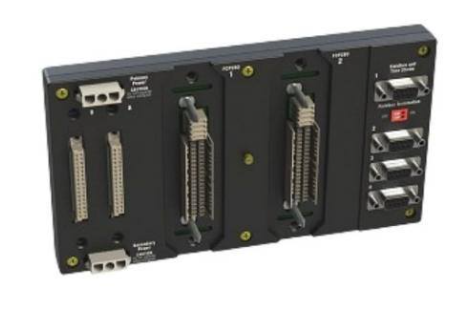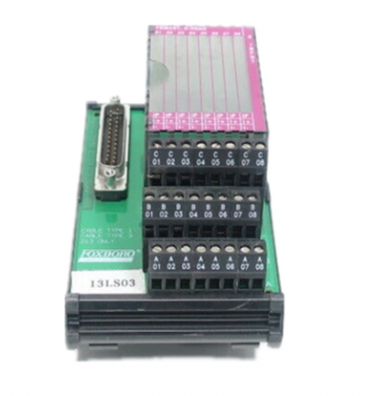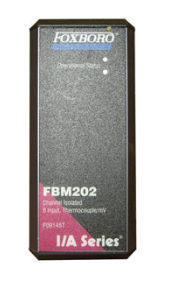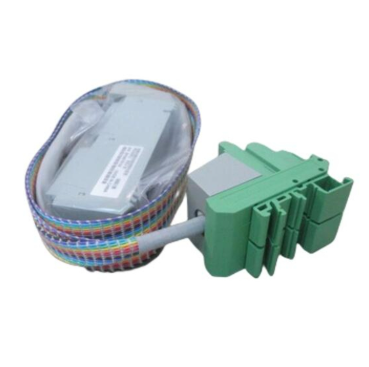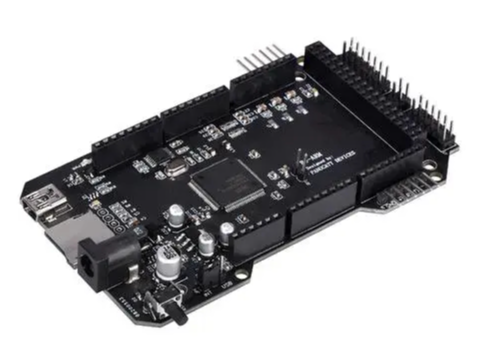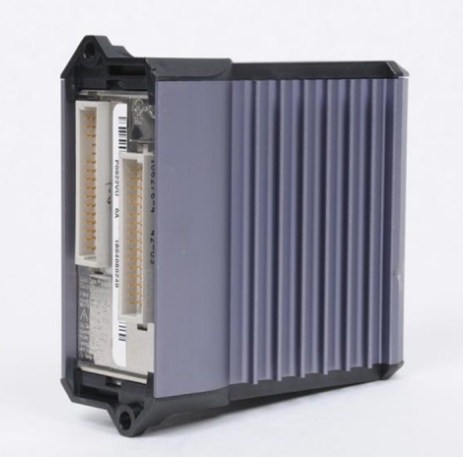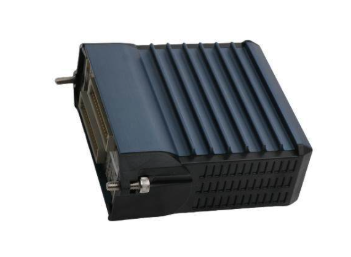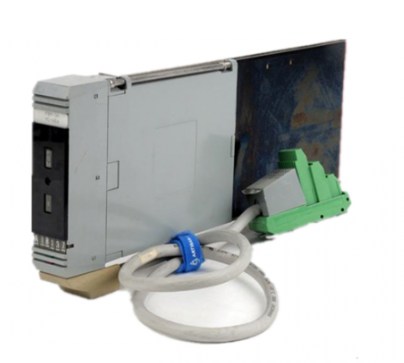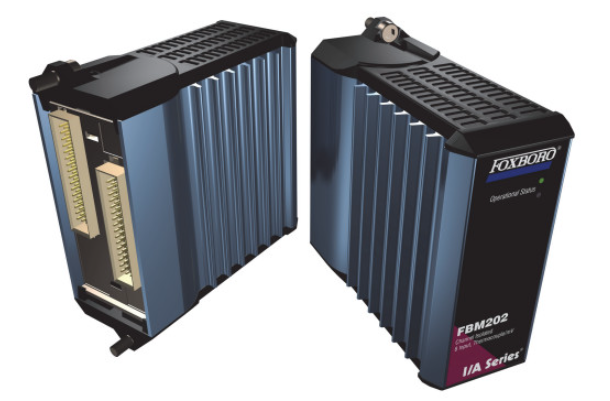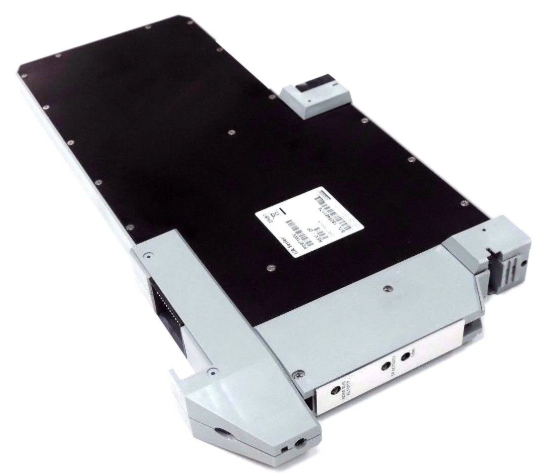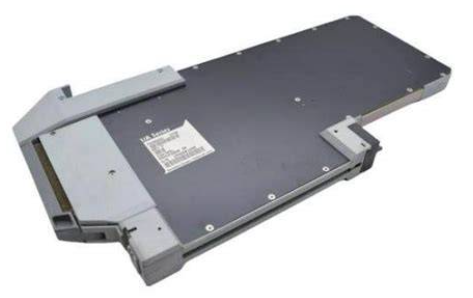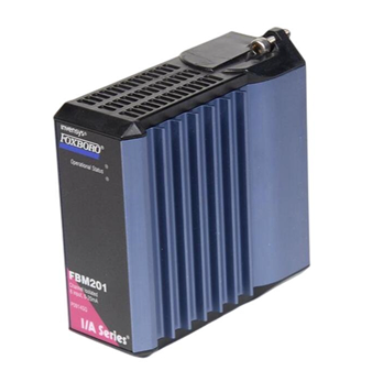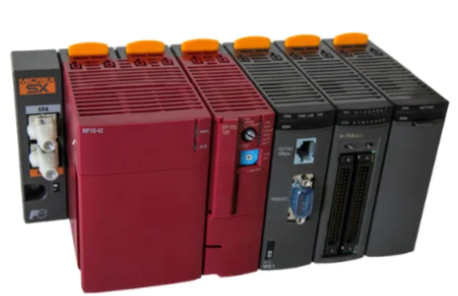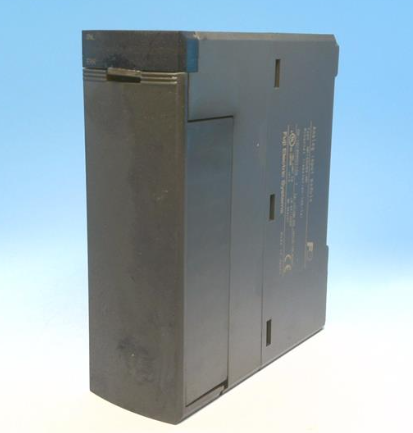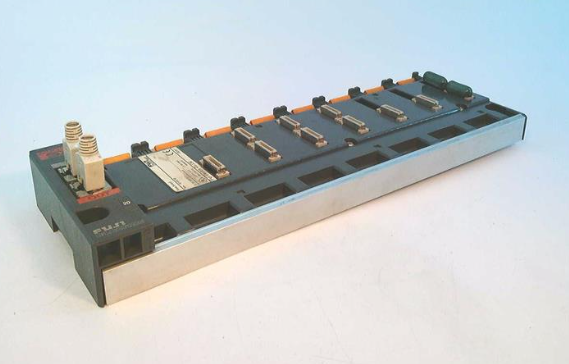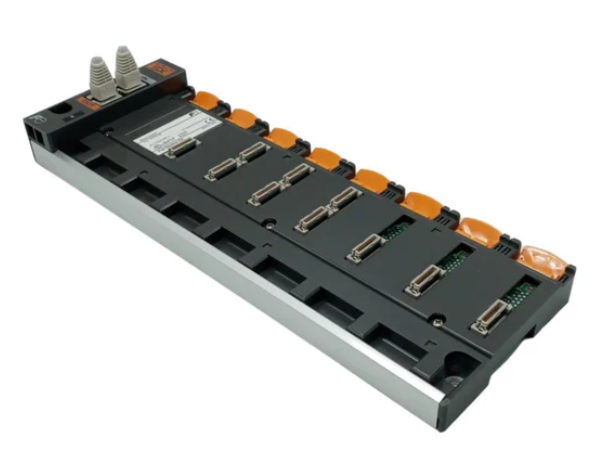Overview of China's space life science and biotechnology achievements
1. Overview of space life Sciences and biotechnology
Space life science is a new interdisciplinary subject that comes into being and develops along with human space exploration activities, especially manned space exploration. It is an important branch of space science. Its main contents include: basic research on life phenomena and activity rules of earth organisms in special space environment; To carry out basic research on the utilization of space biotechnology and its translational application in the special space environment; Conducting applied research to support manned space exploration activities; To carry out interdisciplinary research on the exploration of extraterrestrial life and the origin of life in the universe, as well as special methods and related technologies to support space life science research. Space life science is an emerging discipline that arises and develops along with human space activities. It has the dual purposes of supporting the sustainable development of space and manned space flight, deepening the cognition of life phenomena, and supplementing and enriching the knowledge system. Its main scientific significance is as follows:
(1) To provide basic theoretical and technical support for the sustainable development of space and manned space flight
(2) Deepen the cognition of life phenomena, supplement and enrich the knowledge system
(3) To improve the quality of life and health of human beings on earth
(4) The strategic significance of cultivating talents, improving the quality of the whole people, realizing national rejuvenation, and enriching the country and the people

2. The development of space life science and biotechnology in China
On July 19, 1964, China's first biological test rocket "T-7A(S1)" was successfully launched, launching at an altitude of about 70 kilometers, achieving the first breakthrough in the history of space life science in China. "T-7A(S1)" biological capsule carried 2 fixed rats, 2 active rats, 4 mice and 12 biological sample test tubes. The rats and rats all returned to the ground healthy. On June 1 and June 5, 1965, the second and third T-7A(S1) biological test rockets were launched, and were again successful. In these two tests, 4 rats (2 fixed, 2 active), 10 mice and 10 biological test tubes were launched each. The result, repeated and validated the success of the first rocket. The ECG telemetry of the third "T-7A(S1)" rocket during the flight, there was a period of relatively large interference, and other times the record is good. At the recovery site, some experimental animals, including rats, were found dead. However, telemetry ECG signals during the flight confirmed that the death was not related to the flight itself, but was caused by delayed recovery and prolonged exposure to sunlight in the recovery module.
On July 15 and July 28, 1966, two more T-7A(S2) rockets were launched in succession, with a launch altitude of 68-70 km and a flight time of more than 20 minutes, further achieving the success of the biological rocket test of a more evolved mammal (dog). The "T-7A(S2)" rocket is a combination of the "T-7A" meteorological rocket vehicle and a special rod hammer Biological-type II arrow. In order to launch larger higher animals (dogs), the T-7A has made more important improvements than the T-7A(S1). The two launches of the biological module were carried by female puppies "Xiao Bao" and "Shan Shan", and the puppies returned to the ground healthy. In addition, four rats and 12 biological samples were carried each time.
In 1968, China established the Institute of Aerospace Medical Engineering, which began the systematic space human scientific research. In the 1970s, in the "Dawn" mission, the official start of space human science basic research aimed at space health issues, mainly studying the regulatory role of overweight on the cardiovascular nervous system.
In the 1960s, it was proposed to use plant photocooperation to close the loop of air renewal and food in the life maintenance system. The aquatic Marine experiment successfully realized an aquatic biological system in which 1 person lived for 1 day by chlorella oxygen in a closed system. In 1980's, the irreplaceable position of photosynthetic organisms in the biological regenerative life support system was determined, and in 1990's, 9 algae and 2 flagellates were co-cultured to obtain a good space culture.
In 1988, the COSIMA technology developed by INTOSPACE, a German company, was used to carry out space protein crystallization experiments on China's return satellite, and the first attempt was made to grow protein crystals under microgravity.
Since the 1980s, Chinese scientists have used recoverable satellites and Shenzhou spacecraft to carry plant seeds for 22 times, and have cultivated excellent new strains on wheat, rice, soybean, cotton, tomato, alfalfa and other crops, and obtained a large number of new crop germplasm and new materials with outstanding specificity.

In 1992, the space protein crystal growth device developed in China was successfully used, and the first test in space was successful, and the success rate of crystal growth was more than 50%. Two space protein crystallization experiments were conducted using recoverable satellites in 1992 and 1994. In 1995, Chinese scientists used the American space shuttle to carry out the liquid-liquid diffusion method of protein crystal growth experiment. Two crystallization experiments of more than 20 kinds of proteins were carried out on Shenzhou III and Shenzhou VIII spacecraft in 2002 and 2011. Experimental hardware and technology also from tracking imitation to development to independent development stage. The SZ-3 uses the self-developed dual-temperature dual-control protein crystallization device, while the SZ-8 uses the self-developed innovative passive immersion universal capillary crystallization chamber.
In 1994, the Dynamic Cell Culture System (DCCS) jointly developed by the Shanghai Institute of Technical Physics of the Institute of Zoology successfully carried out satellite experiments. In the late 1990s, the study of the physiological effects of weightlessness evolved from an early observation of phenomena to an in-depth discussion of mechanisms. In October 2003, the successful launch of China's manned spacecraft Shenzhou V showed that China's manned space program has taken a big step forward. Subsequently, China has carried out "Shenzhou 6", "Shenzhou 7" and "Shenzhou 9" manned spaceflight, from the original astronaut to three astronauts, and China's first female astronaut Liu Yang smoothly flew into space.
"Shenzhou VI" carried out the astronauts themselves as physiological tests. The researchers installed a variety of sensors on the two astronauts to record their metabolism during space flight, feel the feeling of weightlessness, test the tolerance of the human body in the space environment, and collect data such as water and gas supply and household garbage excretion. The data of human movement and force performance in weightless environment are obtained, which provide important basis for the design of space station.
Shenzhou-9 carried out 10 human science experiments, including the impact of space flight on vestibular eye movement, cardiovascular and advanced brain functions; Study on cytological mechanism of protection against physiological effects of weightlessness; Research on prevention technology of spatial bone loss; Hazardous gas collection and analysis; Astronaut mass measurement in orbit; Study on pharmacokinetics of paracetamol in weightless condition; Astronaut sleep wake biological cycle rhythm monitoring. In September 2010, China's space station mission was officially launched, marking the breakthrough of China's manned space program to achieve short-term flight to long-term in-orbit residence.
The Shenzhou spacecraft series carries a series of life science experiment projects, which is a leap in the development of space life science in China. In 2002, the Shenzhou IV spacecraft "space cell electric fusion" conducted the space fusion experiments of tobacco "Innovation No. 1" protoplasts and yellow flower tobacco devacuolar protoplasts and mouse myeloma cells and lymphoB cells respectively, obtained the fusion cells and measured the fusion rate of cells under space microgravity conditions, as well as the ability of tobacco fusion cells to regenerate plants.
In 2006, the "Research on the growth and Development of Higher Plants in Space Confined Ecosystem" of the "Shijian 8" recoverable satellite orbiter obtained real-time image data from various stages of seed germination, seedling growth and flowering. It provides a new basis for understanding important physiological processes such as vegetative growth, flower bud differentiation and reproductive organ formation of higher plants in space environment.

On the Shenzhou VIII spacecraft in 2011, China and Germany carried out 17 scientific experiments in four major fields using a universal biological incubator developed by the German side. The four fields cover scientific research issues such as basic space biology, space biotechnology, basic biology of advanced life support systems, and space radiation biology. Among the 17 scientific experimental projects, 10 are conducted by China, 6 by Germany, and 1 by Sino-German cooperation.
After 90 years, the research mainly focuses on five aspects: 1. Spatial protein crystal growth technology and structural biology; 2, space cell and tissue culture technology (including space biomechanics and engineering); 3, space cell electric fusion technology; 4, space biological macromolecule separation (space electrophoresis) technology; 5. Space biology effect. The research in the first stage mainly explores technical issues, and also develops research methods to test the reliability and practicability of space hardware, laying the foundation for future scientific and technological innovation research.
3. Main research achievements of China's space life science and biotechnology
3.1 Crystal growth of proteins and other biological macromolecules
A living body is a precise and efficient machine assembled by proteins, nucleic acids and other biological macromolecules, and even an organelle or a group of proteins is a delicate molecule/nanomachine, which work together to complete a variety of physiological functions. After the study of human genome, structural genome/proteome has become the focus of life science research. Many proteins are difficult to study deeply because of the lack of high-quality single crystals. Growing high-quality protein crystals and obtaining the fine structure of protein molecules by X-ray diffraction can reveal the relationship between their biological functions (normal physiological effects, pathogenic mechanisms, pharmacodynamics or side effects) and molecular structure. Therefore, it has a direct effect on molecular drug design and is of great significance to biomimetic biotechnology. The microgravity environment in space can provide a more ideal growth environment for protein crystals than that on the ground: when protein crystal growth is carried out on the ground, due to the slow diffusion of protein molecules, solute poor layer will be formed around the protein crystal in solution, and natural convection of solute will be further generated under the induction of gravity. Convection destabilizes the crystal growth environment, increases the chances of impurities approaching the crystal surface, and destroys the hydrated layer of protein molecules. In addition, the heavier protein crystals will produce sedimentation, collision and accumulation adhesion, etc., which will reduce the quality of the crystals. In the microgravity environment of space, convection and sedimentation will be effectively inhibited, the crystal growth environment will be more stable, the short-range order of the solution will be stronger, the hydration (solvation) degree of protein molecules will be increased, the filtration and purification function of the poor layer will be effectively exerted, crystal collision and adhesion will rarely occur, and the wall effect will be effectively inhibited. Thus, larger and higher quality protein crystals can be grown, thus laying the foundation for obtaining finer molecular structures and thus more precise structure-function relationships (structure-activity relationships of drugs). After 30 years of research, space protein crystallization has developed into one of the most important space biotechnology, and is an important research content on the International Space Station ISS. Using the ISS, the United States space shuttle, the former Soviet Union's "Mir" space station and spacecraft, China's Shenzhou spacecraft and scientific experiment satellites and other spacecraft, researchers from the United States, Japan, the European Union, Russia, Canada and other countries have carried out hundreds of space experiment studies, and obtained the crystal structure of nearly 30 proteins, nucleic acids, viruses and so on. China's research in this field is almost synchronized with that of foreign countries, led by the Institute of Biophysics of the Chinese Academy of Sciences, and innovative research results have been achieved in molecular assembly mechanism and experimental methods and technologies.

(1) Results of protein crystallization study on Shenzhou II/III spacecraft
a) For the first time, in-depth structural comparison of space and ground crystals was conducted, and correct results were obtained.
The quality analysis and comparison of space and ground crystals is an important part of this research. Among them, the most important research is to compare the structure of space and ground crystals. By comparing and analyzing the structure of two protein crystals grown on a Chinese satellite in 1994, it is found for the first time that the electron density map calculated by space protein crystals contains more structural details. It was subsequently confirmed by research in cooperation with foreign counterparts. This not only specifically proves that the protein crystals grown in space are of higher quality than those grown on the ground, but also shows that the protein crystals grown in microgravity have an improved water-binding structure. The structural studies of these two protein crystals also suggest that the improvement of the binding water structure in the protein crystals with high solvent content is more obvious. This difference may provide rational principles for the selection of space protein crystal samples.
b) A systematic numerical study of liquid-liquid diffusion crystallization was carried out for the first time using the results of space experiments.
The difference of solute transport in solution is the main reason for the effect of gravity on crystal growth. Liquid-liquid diffusion crystallization method is also a promising crystallization method for spatial growth of protein crystals. The first systematic numerical study of liquid-liquid diffusion crystallization was carried out in response to the unsuccessful attempt on the Space shuttle in 1995 with an American device. Through numerical simulation of solute diffusion before nucleation, some rules which determine the success rate of this crystallization method are obtained. This explains the failure to get good results on the space shuttle with the American device and has been confirmed by gel crystallization experiments. The model protein crystallization experiments conducted on Shenzhou 3 spacecraft further confirmed that these rules exist under microgravity conditions, and also clearly demonstrated the advantages and disadvantages of gel crystallization. These studies have laid a foundation for developing related techniques and designing space protein crystallization experiments with high success rate. Numerical simulation of solute diffusion after nucleation by liquid-liquid diffusion crystallization showed for the first time the solute poor layer around growing crystals, which is very important to explain microgravity improvement of protein crystallization.

c) Significant progress has been made in the study of crystal structure of related proteins.
Human epidermal growth factor, which is very important for cell growth and reproduction, has been intensively studied. Through the continuous exploration of crystallization methods and conditions, high quality crystals were grown for the first time, and then the crystal structure of the protein was determined for the first time. The results were published in the JBC international journal with high influence factor. This structure shows that its remarkable conformational flexibility is the main reason for the difficulty in growing crystals, and it may be a candidate for studying the effect of microgravity on protein crystallization. A total of 16 proteins from nearly 10 research institutions at home and abroad participated in the space protein crystallization experiment. These proteins perform a variety of biological functions, and their research has important theoretical significance or drug design prospects. The crystallization rate is over 70%, and five kinds of protein crystals with good quality are obtained, and the success rate reaches the international advanced level; Through the quality inspection of protein crystals, it is found that at least three protein crystals have diffraction power exceeding the published data.
- EMERSON
- Honeywell
- CTI
- Rolls-Royce
- General Electric
- Woodward
- Yaskawa
- xYCOM
- Motorola
- Siemens
- Rockwell
- ABB
- B&R
- HIMA
- Construction site
- electricity
- Automobile market
- PLC
- DCS
- Motor drivers
- VSD
- Implications
- cement
- CO2
- CEM
- methane
- Artificial intelligence
- Titanic
- Solar energy
- Hydrogen fuel cell
- Hydrogen and fuel cells
- Hydrogen and oxygen fuel cells
- tyre
- Chemical fiber
- dynamo
- corpuscle
- Pulp and paper
- printing
- fossil
- FANUC
- Food and beverage
- Life science
- Sewage treatment
- Personal care
- electricity
- boats
- infrastructure
- Automobile industry
- metallurgy
- Nuclear power generation
- Geothermal power generation
- Water and wastewater
- Infrastructure construction
- Mine hazard
- steel
- papermaking
- Natural gas industry
- Infrastructure construction
- Power and energy
- Rubber and plastic
- Renewable energy
- pharmacy
- mining
- Plastic industry
- Schneider
- Kongsberg
- NI
- Wind energy
- International petroleum
- International new energy network
- gas
- WATLOW
- ProSoft
- SEW
- wind
- ADVANCED
- Reliance
- YOKOGAWA
- TRICONEX
- FOXBORO
- METSO
- MAN
- Advantest
- ADVANCED
- ALSTOM
- Control Wave
- AB
- AMAT
- STUDER
- KONGSBERG
- MOTOROLA
- DANAHER MOTION
- Bently
- Galil
- EATON
- MOLEX
- Triconex
- DEIF
- B&W
- ZYGO
- Aerotech
- DANFOSS
- KOLLMORGEN
- Beijer
- Endress+Hauser
- MOOG
- KB
- Moxa
- Rexroth
- YAMAHA
- Johnson
- Westinghouse
- WAGO
- TOSHIBA
- TEKTRONIX


Email:wang@kongjiangauto.com












